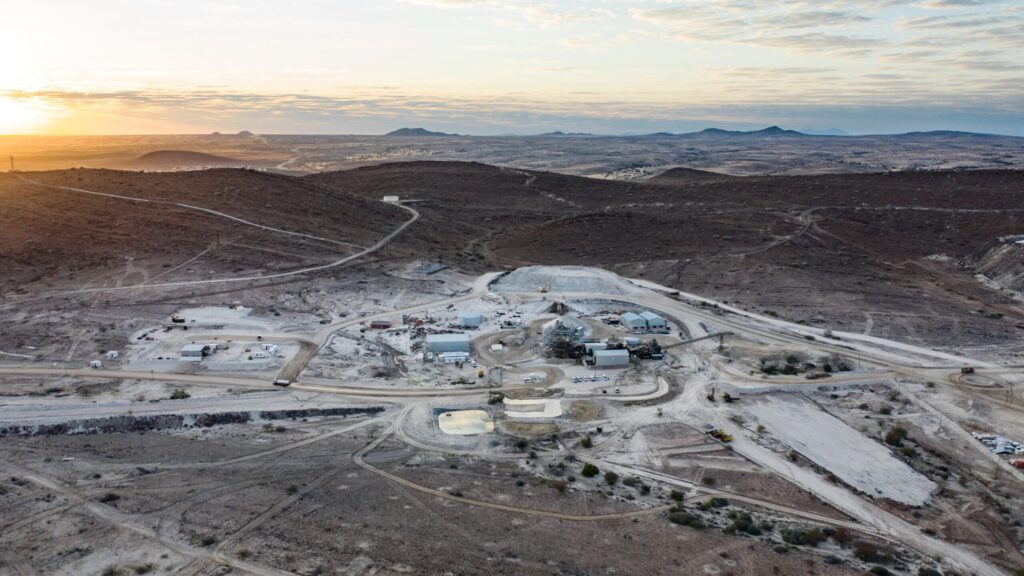AfriTin Mining has been operating its Uis tin mine in Namibia since late 2019, but results from the most recent quarter (Q3, financial year 2021-22) represent its best to date.
Throughput increased at Uis, with some 148,700 tonnes of ore passing through the plant, some 17% above Q2. Recovery of tin was 61%, above the target of 60%. Tin grades also improved, with the plant feed averaging 0.150% Sn, above the average life-of-mine grade of 0.138%.
As a result of these improvements, 220 tonnes of tin concentrate was produced during the quarter, containing some 136 tonnes of tin metal. This was some 20% higher than in the previous quarter, more than 25% above nameplate capacity of 108 tonnes of tin-in-concentrate, setting a new record for the mine. The previous peak in output was in the final quarter of the 2020-21 financial year when some 126 tonnes of tin-in-concentrate was produced.
Another positive result during the quarter was a significant improvement in operating costs. Costs peaked in the second quarter of this financial year, at US$ 26,625/tonne tin, falling in the most recent quarter by 18% to US$ 21,834/tonne tin. AISC followed a similar trend, down 22% quarter-on-quarter to US$ 23,290/tonne tin.
Looking ahead, AfriTin is progressing well with its Phase 1 Expansion project. The work aims to increase tin concentrate production by 67% from current nameplate levels of 720 tonnes per year. Construction and commissioning of the expanded plant is on track to be completed in Q2 2022, according to the company. Work for the Phase 2 expansion is also advancing. This step sees annual production of 10,000 tonnes tin concentrate, along with lithium and tantalum by-products. An exploration drilling programme was announced in late October 2021, followed by by-product test work in November 2021. For Phase 2, water and power infrastructure will need to be upgraded, and AfriTin is engaged with both Namibian state-owned and private utilities providers to explore options. These include renewable energy generation and linking with existing desalinated water supply infrastructure in the region.
Our view: This quarter represents AfriTin’s strongest to date. Although part of the boost was due to temporary higher tin grades – which are expected to revert to the mean in the future – improved plant availability and processing rates were key contributors, meaning that AfriTin is now exceeding its forecast maximum capacity. The reduced operating costs compared to the achieved tin price of $39,025/tonne indicates significant revenue generation.
AfriTin Mining is a member of ITA’s Explorers and Developers Group.



